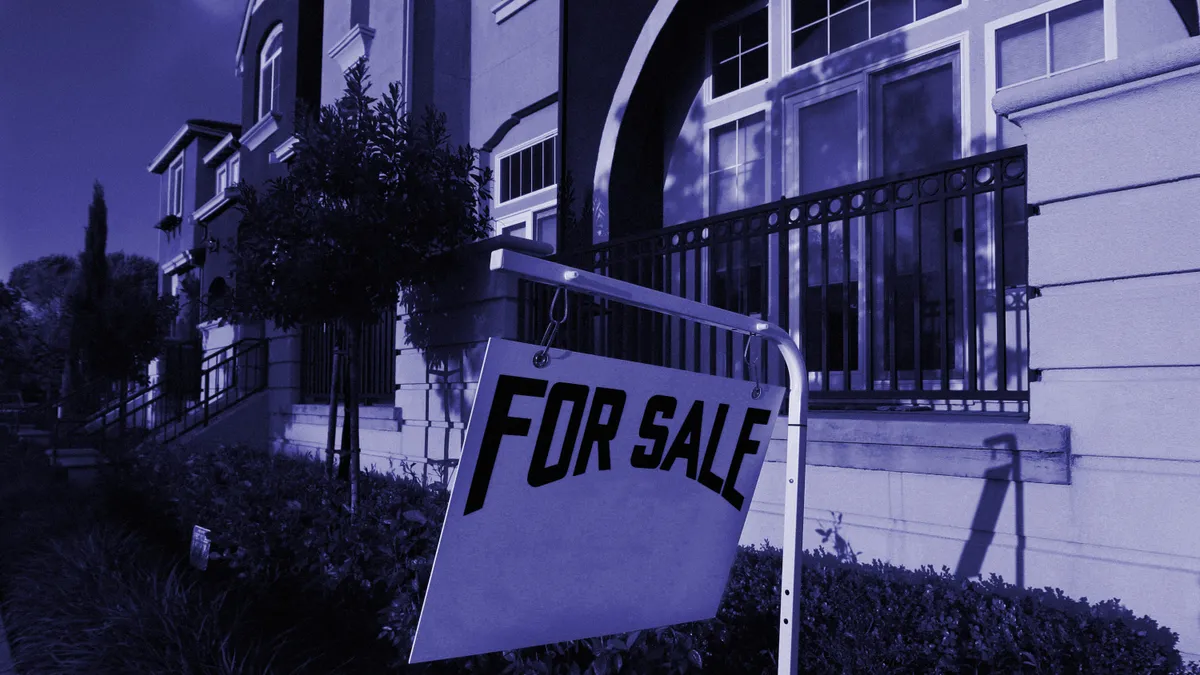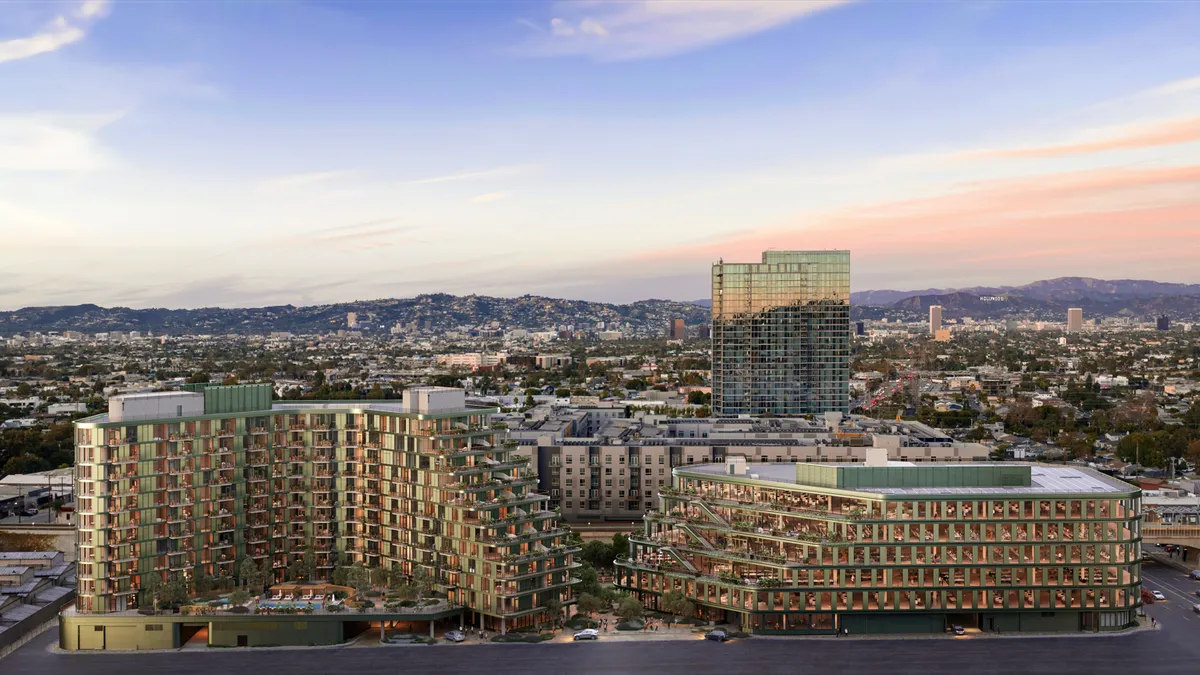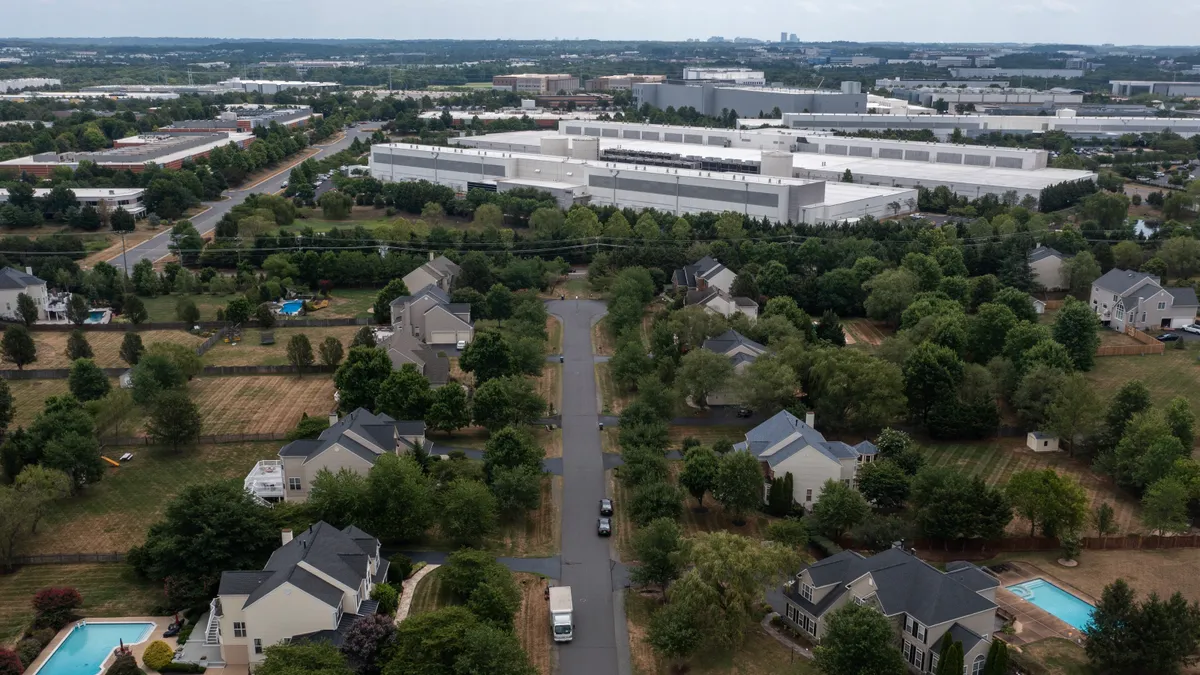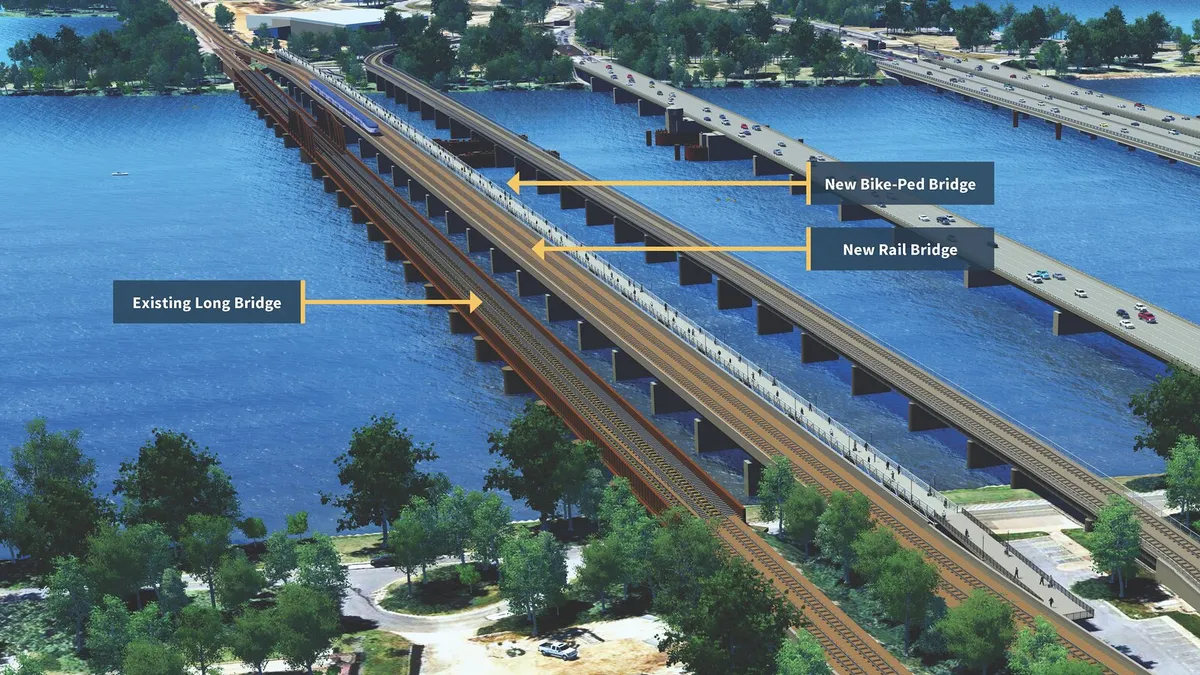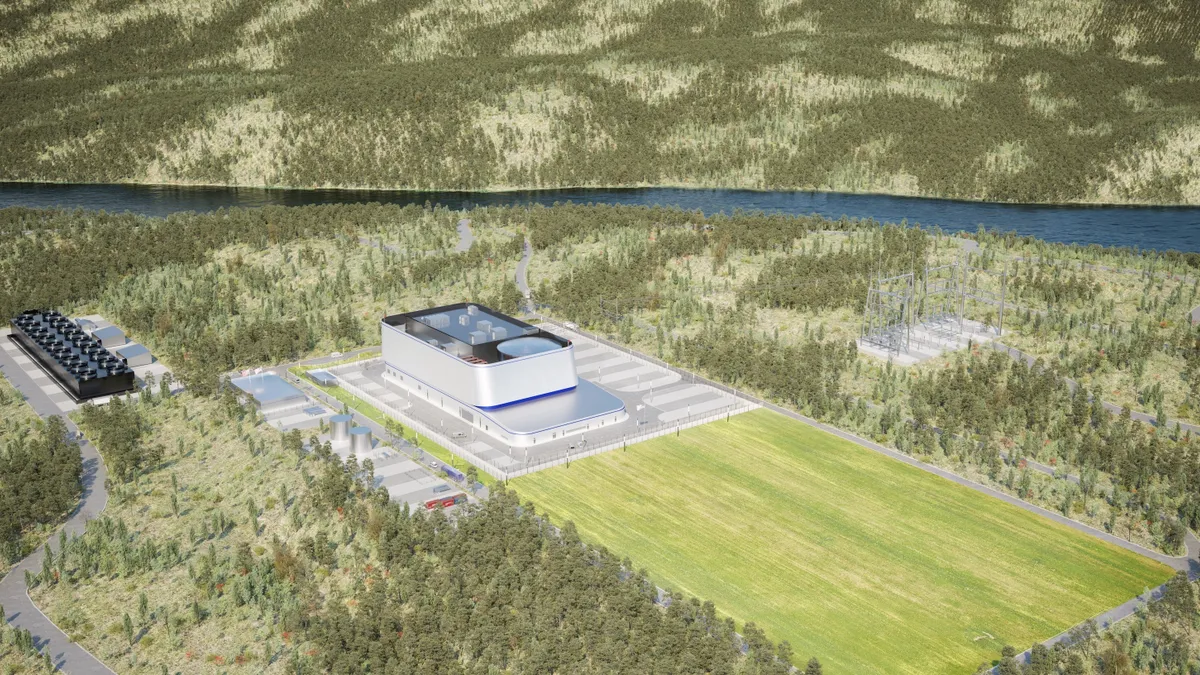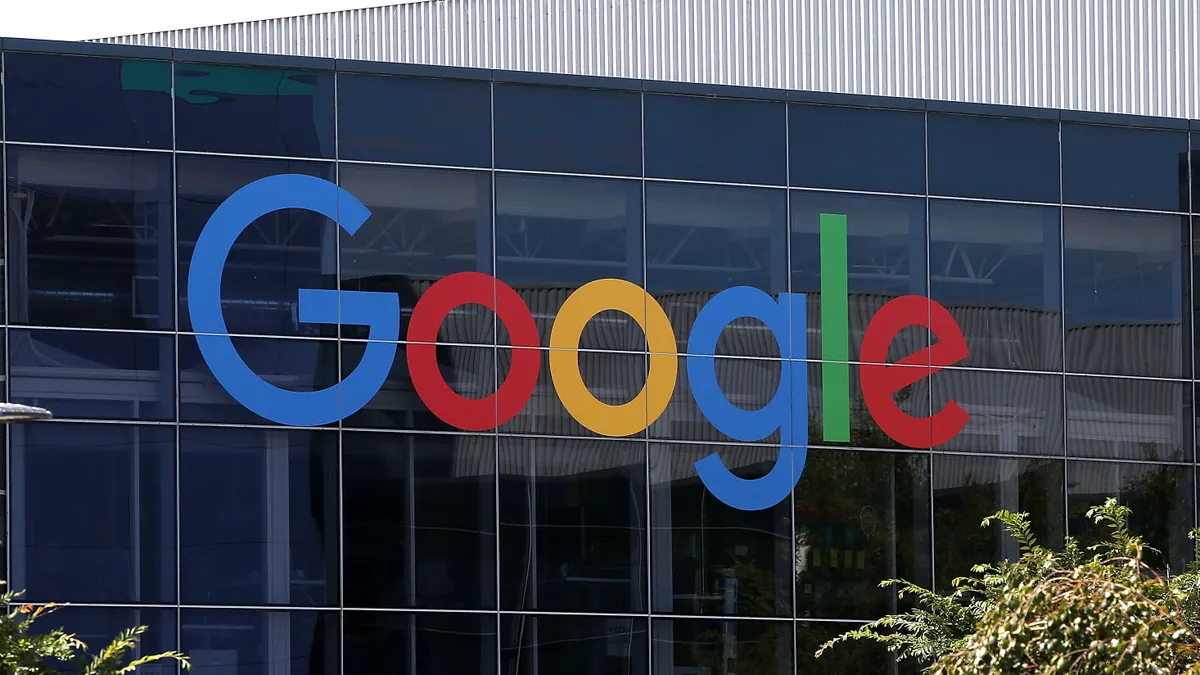This story is part of a series of articles looking at how the rising cost of insurance is affecting apartment owners. Click here for a roundup of the entire series.
As rents have moderated, apartment owners have been hit with many cost increases over the last year. Property taxes have gone up. Utility and labor costs have jumped. And that doesn’t take into account the potential millions of extra dollars needed to pay debt service for floating-rate loans.
Add on insurance costs that have jumped more than 100% in some states, and owning an apartment could suddenly become unsustainable.
“I have clients calling me saying they have to close up shop if insurance pricing continues on this road,” said Danielle Lombardo, chair of the Global Real Estate Practice at Kansas City, Missouri–based insurance brokerage firm Lockton. “They can't do business like this. They can't make deals pencil out and they can't pay debt service between insurance costs, variable rate debt and property taxes. There is just so much that's causing pain.”
With those compounding problems, some owners could be forced to hand back the keys to their properties to the bank. But, more likely, many will be forced to sell, even though that isn’t a simple solution. Insurance price hikes also make underwriting for transactions — and even new development — much more difficult.
Forcing sales
Venkat Avasarala, founder of Dallas-based Stryker Properties, sold 3,100 units of mostly older properties in September 2021. Yet he’s still active at industry conferences and searching for new deals.
Recently, he met a Class C owner in Houston who saw annual insurance rates jump from $800 a unit to $2,200. “It tripled,” he said. “Can I triple my rent? No. So that is why these properties go insolvent, and you are forced to give the keys back to the bank. Every little thing contributes.”
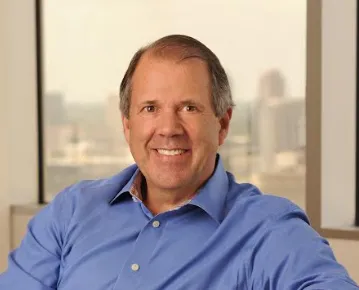
But that may happen in only the most dire scenarios. In many cases, owners stretched thin by premium increases may have other options, even if they aren’t necessarily palatable.
“I don't think you're going to see properties close down, but what I do think you're going to see is that we'll put more pressure on people to sell,” said Ric Campo, CEO of Houston-based apartment REIT Camden on the company’s recent earnings call.
But other factors would also need to come into play to force an owner to sell. “I don't know if I would go so far as to say [insurance costs] would force sales, although you could see that scenario, particularly if rents soften,” said Jack Weir, president of Palm Beach Gardens, Florida-based Eastwind Development. “There is a lot of supply now that's coming onto the market from a multifamily standpoint.”
Tricky underwriting
Even if owners decide to sell their properties, transacting in a market with steep increases isn’t easy. Already, Swapnil Agarwal, the CEO and founder of Houston-based apartment owner Nitya Capital, has seen rising premiums kill deals because buyers have difficulty getting coverage.
“The insurance premiums will break a lot of deals because the buyer will probably underwrite a deal with a normal insurance price,” he said. “And when they start getting the actual costs, they'll back out. I've seen that happen a lot recently. People are underwriting $500, $600 or $700 [per door] in insurance, and the costs come back at $1,600 and the deal didn't happen.”

If deals do get done, buyers will get a discount to account for higher premiums. “The pricing will be reflective of what the cost is from an insurance perspective,” Campo said.
Brad Hill, chief investment officer for Memphis-based REIT MAA, said on the company’s Q1 earnings call that the firm could also see higher premiums cut into sales proceeds on new properties in Florida.
“I do think that the insurance premiums are going to be a lot higher than the developers underwrote.”
Development deals die
Developers underwriting new deals right now have a different concern. With materials, labor and land costs remaining high and financing costs rising, it's already harder to make new development pencil out.
Add in higher insurance costs and suddenly it's nearly impossible to make a deal work.
“We are hearing of further new developments in Florida that are not able to start in part because of very large insurance increases,” said Camden CFO Alex Jessett on the company’s recent earnings call.
Any development that stalls means less housing, which drives up prices for consumers. But when insurance increases kill affordable deals, they knock much-needed moderately priced housing out of the market.
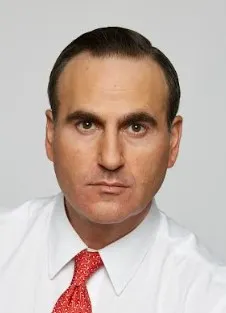
Over the last few years, Matthew A. Rieger, president and CEO of Coconut Grove, Florida–based affordable developer Housing Trust Group, saw 25%-per-year increases in property insurance. But he had been told to budget for 200% or 300% more this year.
“That alone makes affordable housing untenable,” Rieger said. “You can’t build it.”
Apartment executives are adapting to these cost pressures by taking steps to mitigate rising insurance expenses, like shopping for better deals, working with brokers and even self-insuring. Flexibility from lenders, including adopting different risk models, and government-led reforms could also help. But unless the industry can come up with adequate solutions to rising insurance costs, the housing affordability crisis may continue to intensify.
“A stressed insurance market, stubborn inflationary pressures and rising interest rates have disrupted transactions and negatively impacted valuations,” according to a recent National Multifamily Housing Council report looking at insurance issues. “This, in turn, harms the industry’s ability to attract the investments required to meet the nation’s housing needs and help address its housing affordability crisis.”
Click here to sign up to receive multifamily and apartment news like this article in your inbox every weekday.



